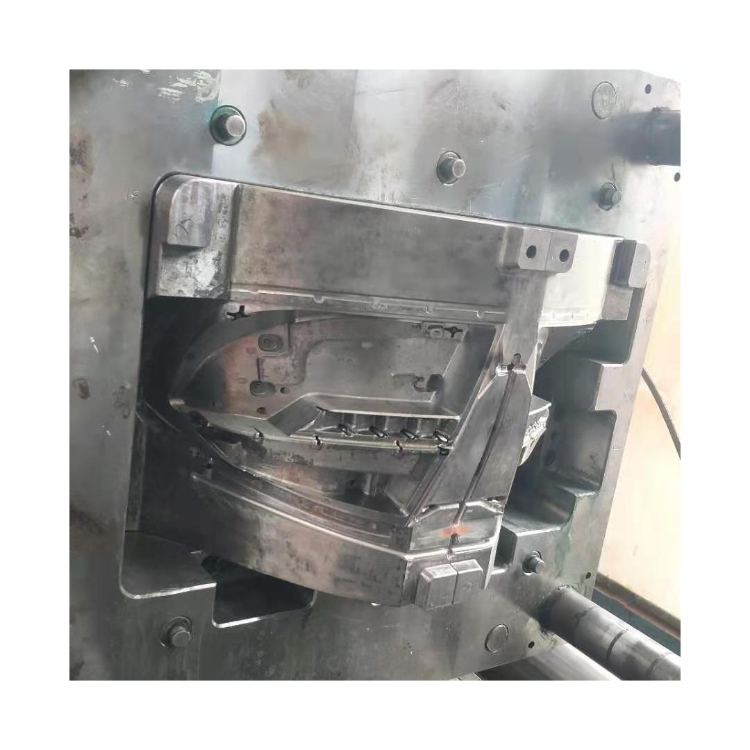Injection Molding Parts: Everything You Need to Know
Injection molding is a manufacturing process that involves injecting molten plastic into a mold cavity. The plastic then cools and solidifies, creating a finished product. Injection molding is used to create a wide range of parts for various industries, including automotive, medical, consumer products, and more.
The process of injection molding parts begins with the design of the part. A mold is then created based on the design, which will be used to produce the part. The mold is typically made of steel and is precision machined to create the desired shape and features of the part.

Once the mold is ready, the plastic material is fed into the injection molding machine. The material is heated to a melting point and then injected into the mold cavity under high pressure. The mold is then cooled to solidify the plastic and create the finished part.
Injection molding is a highly precise process that allows for the creation of complex parts with tight tolerances. It is also a very efficient process, as it allows for the production of large quantities of parts in a short amount of time.
The materials used in injection molding vary depending on the requirements of the part. Common materials include thermoplastics, thermosets, and elastomers. Each material has its own unique properties, such as strength, flexibility, and chemical resistance.
Injection molding parts can be used in a wide range of applications. For example, automotive parts such as bumpers, dashboard components, and interior trim are often produced using injection molding. Medical devices such as syringes, surgical instruments, and implantable components are also commonly made using this process.

Consumer products such as toys, electronics, and household appliances are also often produced using injection molding. These products require precise and consistent quality, which injection molding can provide.
In addition to its precision and efficiency, injection molding also offers a range of other benefits. For example, it allows for the creation of parts with intricate shapes and features that would be difficult to achieve using other manufacturing processes. It also allows for the use of multiple materials and colors in a single part.
Overall, injection molding is a versatile and efficient process that is used to create a wide range of parts for various industries. Its precision, efficiency, and flexibility make it a popular choice for manufacturing high-quality parts.
Vorherige:Creating Precision with Custom Plastic Injection Molding
Nächste: Medical Molding Parts: Producing Precision Components for Healthcare Applications
-
Precision Molds: Achieving Perfection in Manufacturing
2023-7-13
Precision molds play a crucial role in the manufacturing industry. They are utilized in various sectors, including autom...
Einzelheiten anzeigen -
Precision Electronic Molding Parts for High-Quality Manufacturing
2023-5-20
In today's fast-paced world of manufacturing, precision and quality are more important than ever before. When it comes t...
Einzelheiten anzeigen -
Analysis of the manufacturing process and quality control points of high-precision automotive molds
2024-12-18
The manufacturing process of high-precision automotive molds is complex and delicate, and the quality control points are...
Einzelheiten anzeigen -
Creating a Plastic Injection Chair Mould: Design and Manufacturing Techniques
2023-6-23
Plastic injection moulding is a manufacturing process that is widely used in the production of plastic parts and compone...
Einzelheiten anzeigen -
Insert Molding Parts: Enhancing Precision and Efficiency in Manufacturing
2023-6-29
Introduction In the world of manufacturing, precision and efficiency are two crucial factors that determine the success ...
Einzelheiten anzeigen -
Manufacturing Essential Components: Industrial Molding Parts
2023-5-27
Manufacturing essential components for various industries often involves a wide range of processes and techniques. One c...
Einzelheiten anzeigen







